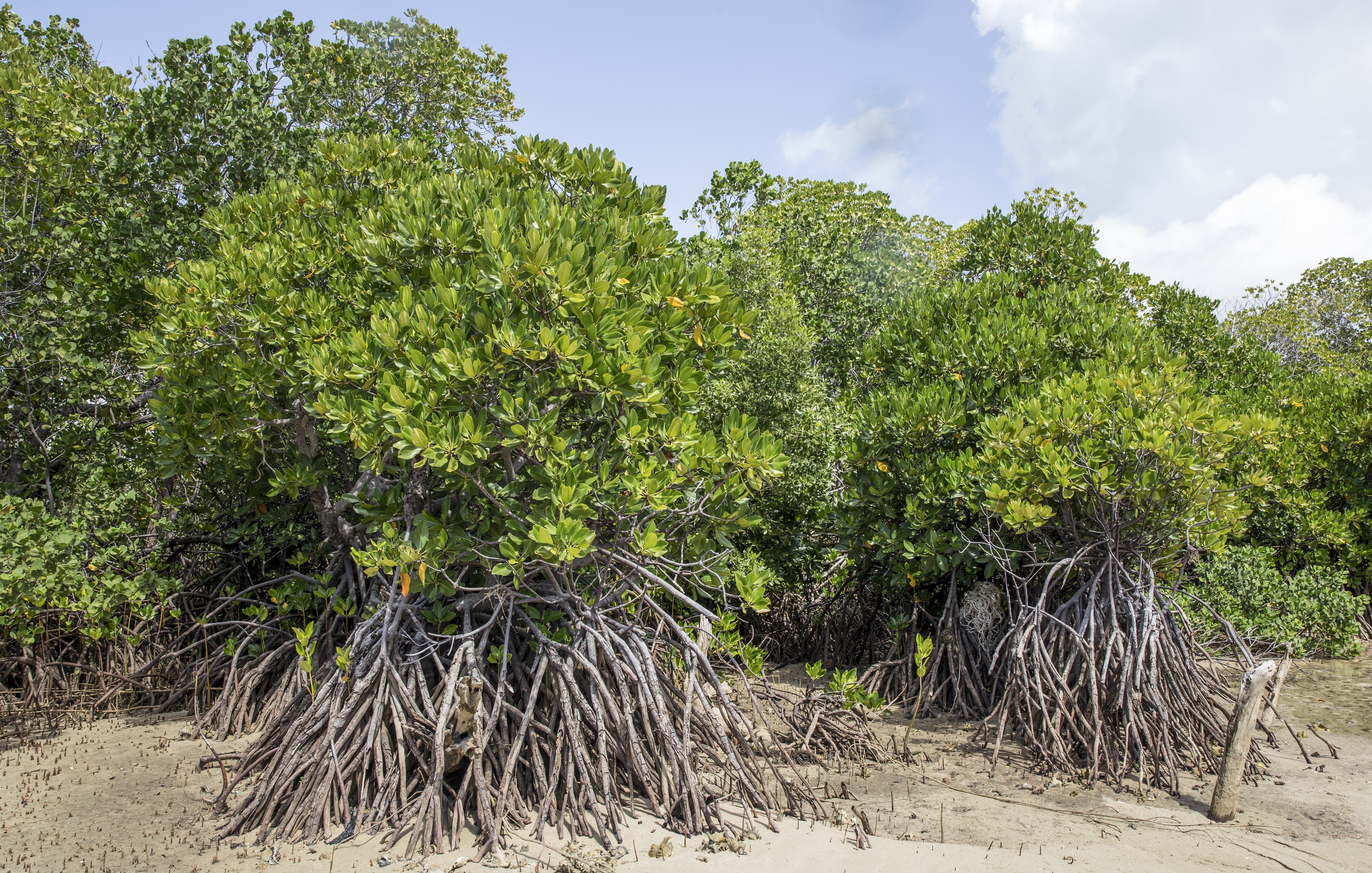New study reveals that mangrove soils hold 6.4 billion tons of carbon globally
The most detailed study to date of the soil carbon stored in mangrove forests has revealed that these soils hold more than 6.4 billion tons of carbon globally, according to a new paper in Environmental Research Letters.
That is about 4.5 times the amount of carbon emitted by the U.S. economy in one year.
More than 90 percent of the total carbon stock in mangrove forests can be stored in the soil. The study used 30-meter resolution remote sensing data to show that mangrove forest destruction caused as much as 122 million tons of carbon to be released to the atmosphere between 2000 and 2015.
The paper also found that more than 75 percent of those soil carbon emissions were attributable to mangrove deforestation in Indonesia, Malaysia and Myanmar.
“Effective action on climate change will require a combination of emissions reductions and atmospheric carbon removals,” said Dr. Jonathan Sanderman of the Woods Hole Research Center, who was the lead author on the paper. More than 20 co-authors contributed to the work. “Protecting, enhancing and restoring natural carbon sinks must become political priorities. Mangrove forests can play an important role in carbon removals because they are among the most carbon-dense ecosystems in the world, and if kept undisturbed, mangrove forest soils act as long-term carbon sinks.”
Direct measurements of mangrove soil carbon storage have only been made in about one third of the more than 100 nations that contain mangrove forests. To fill this measurement void, the researchers developed a machine learning-based model to predict soil carbon storage based upon climatic, vegetation, topographic and hydrologic properties that can be inferred from satellite data. Using this model, they could then estimate the carbon storage within any mangrove forest in the world.
The researchers then overlaid remotely-sensed deforestation maps onto the baseline map of soil carbon to estimate loss of soil carbon due to loss of mangrove habitat. This analysis found that between 30 and 122 million tons of mangrove forest soil carbon was lost between 2000 and 2015.
As part of the paper, Dr. Sanderman and his colleagues produced maps of mangrove forest soil carbon storage and made them freely available to help government officials prioritize mangrove protection as part of their climate mitigation and adaptation plans.
The map showing carbon storage in 2000 for the upper meter of soil can be viewed here: bit.ly/2F1Hsbc
“Halting the loss of further mangrove habitat and restoration of lost habitat will not solve climate change alone,” Dr. Sanderman said. “But for many nations, including most small island nations, mangrove protection and restoration represent one of the most viable climate mitigation options.”
The research was completed at the Woods Hole Research Center, in collaboration with The Nature Conservancy. The Mapping Ocean Wealth team is currently working on a Mangrove Blue Carbon app that will combine learning from this study with existing knowledge on above-ground mangrove carbon storage, carbon reduction policy targets, and existing protections. The app will be available in Summer 2018. In the meantime, visit the Mapping Ocean Wealth explorer to view preliminary data from this study.
Photo credit: © Mwangi Kirubi


